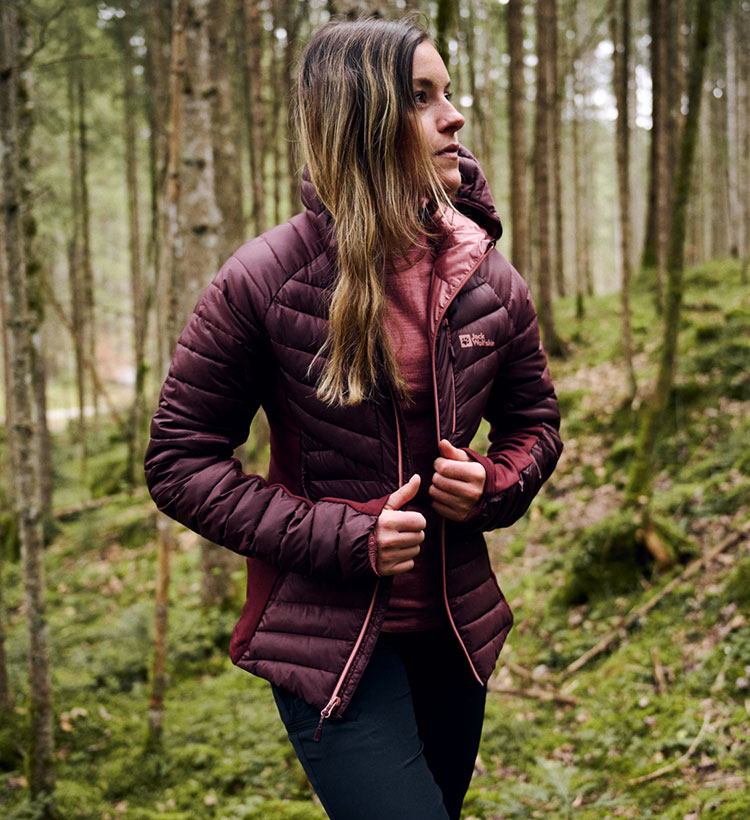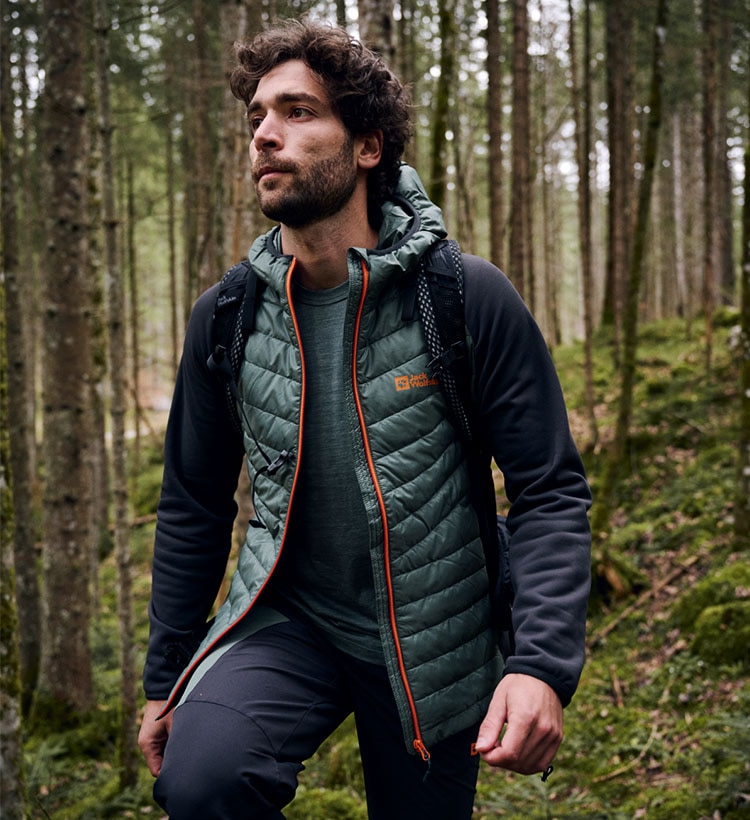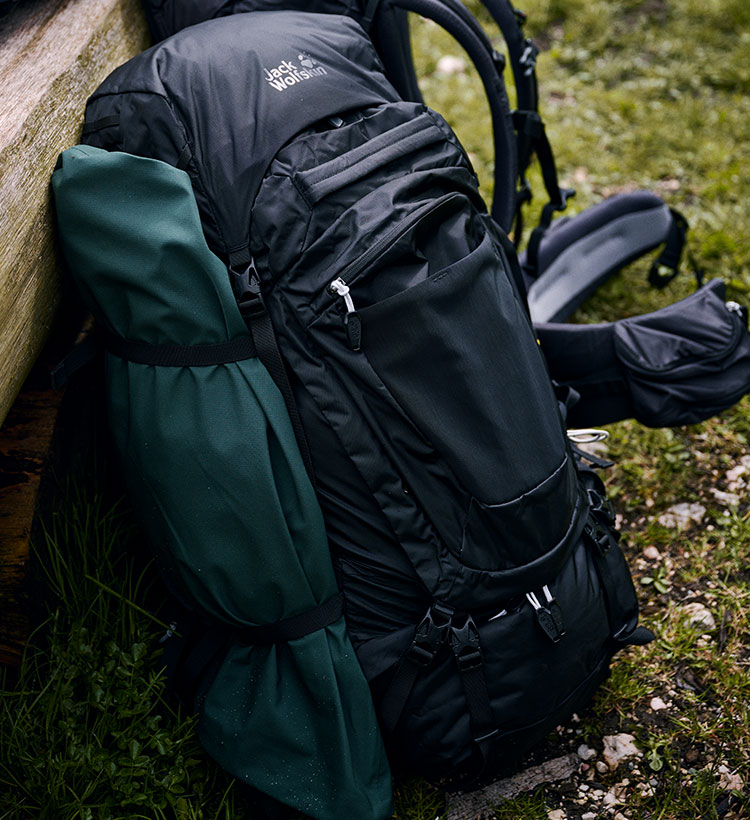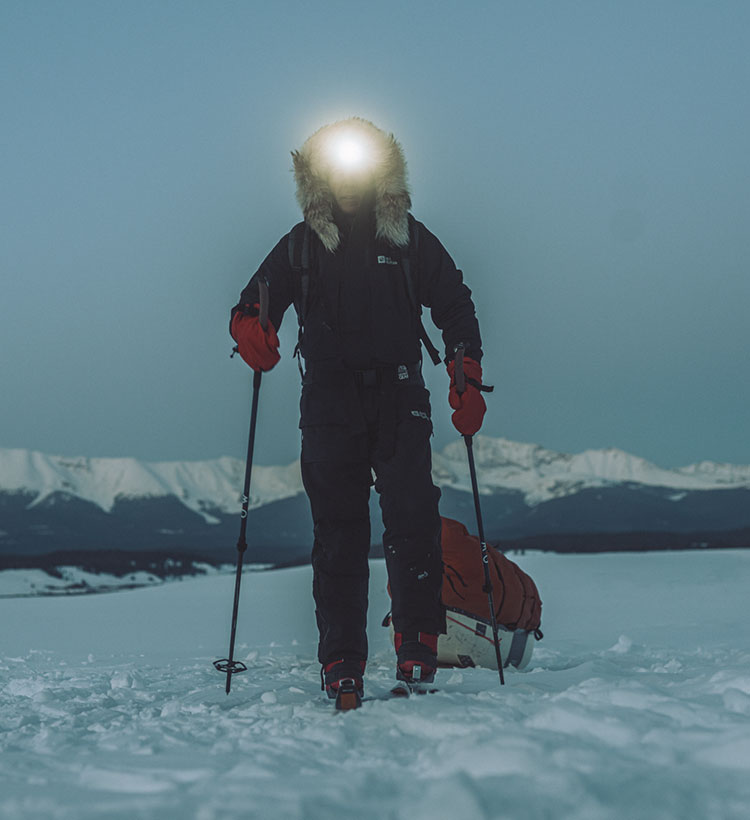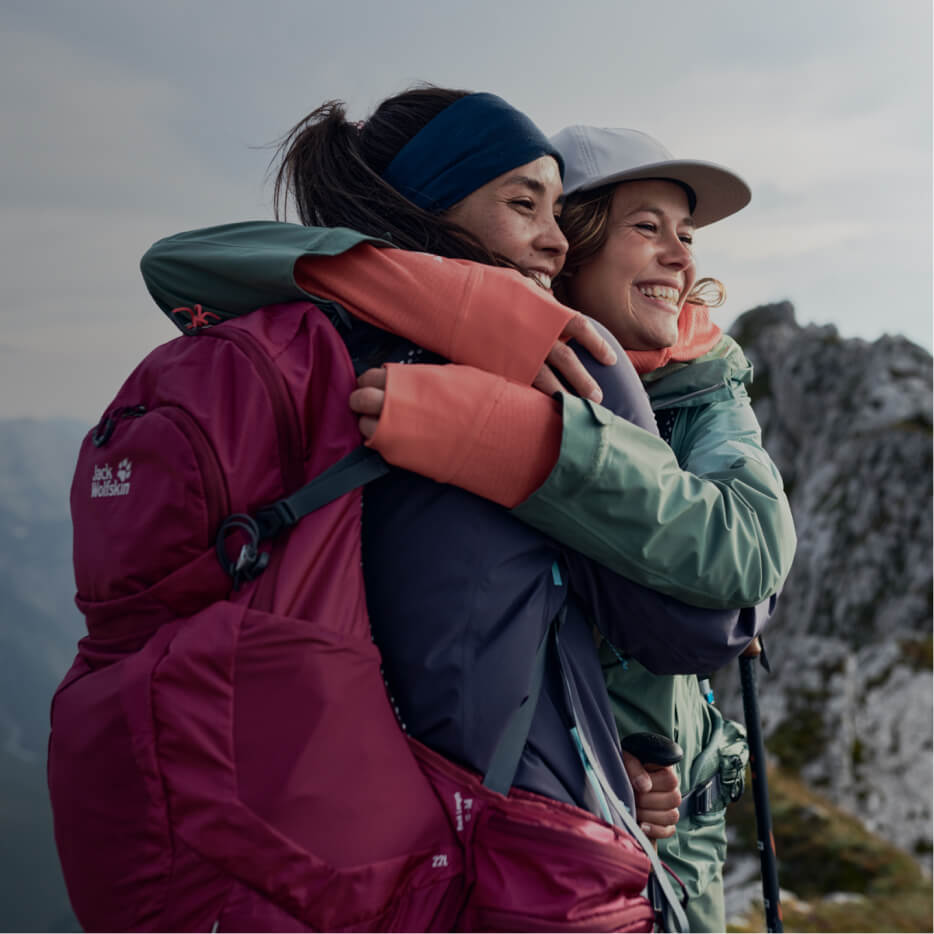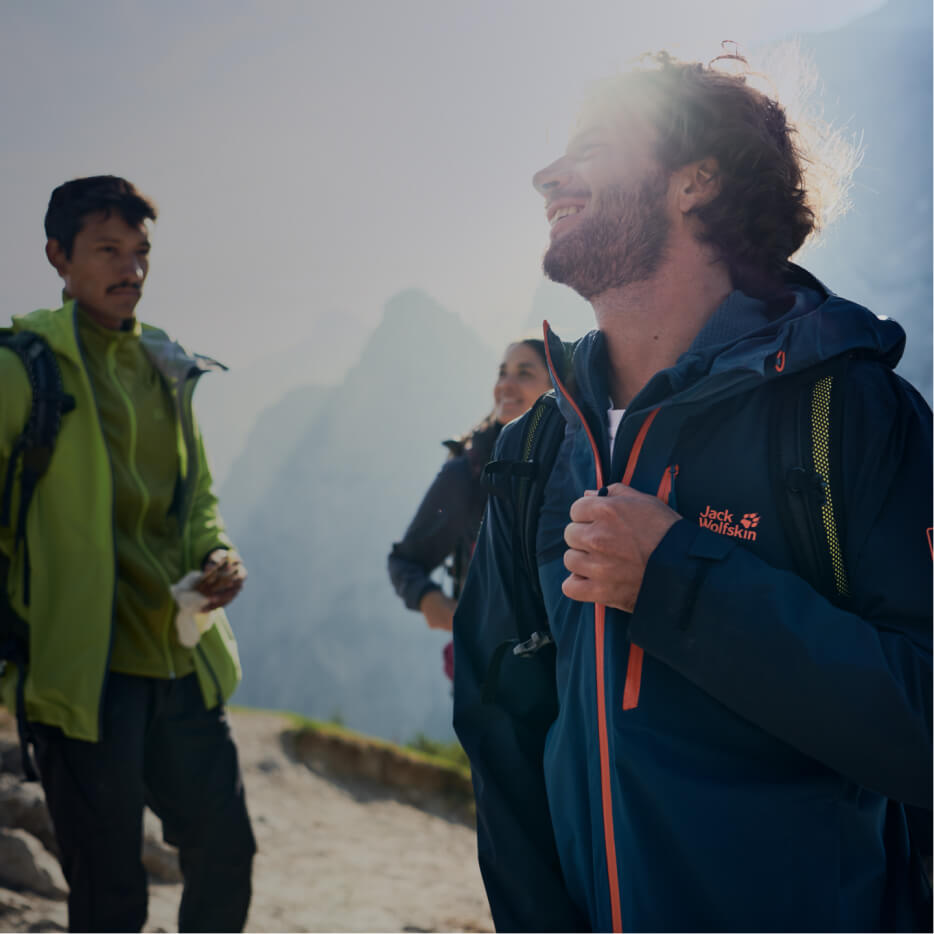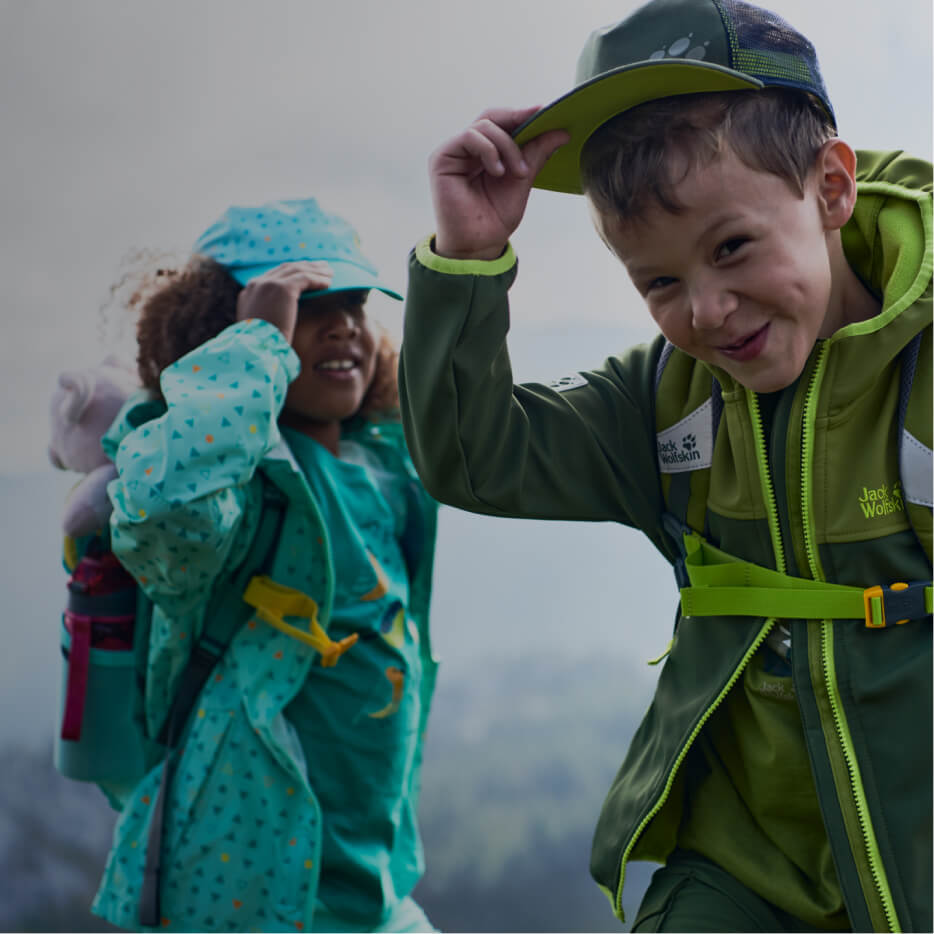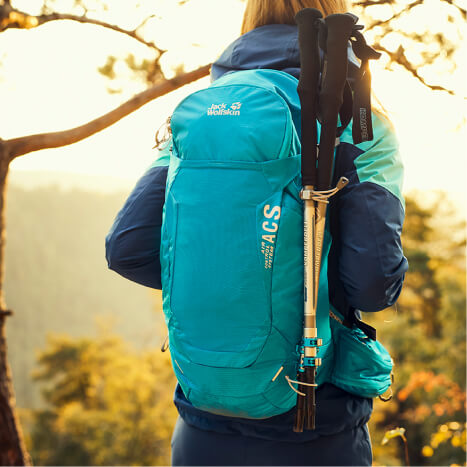Hiking
12 Essentials to pack for a day hike
When it comes to day hikes, it’s important to bring the right gear for a safe and successful adventure. So what exactly are the essentials for a day hike?
Before prepping for any kind of outdoor adventure, whether an easy afternoon hike or a weekend-long backpacking trip, always consider The Ten Essentials — a list of ten items to help you be prepared in case of an outdoor emergency or if you need to spend an unplanned night outside. The list includes navigation, a headlamp, sun protection, first aid, a knife, a source of fire, shelter, extra food, extra water, and extra clothing.
We always recommend packing for a day hike with The Ten Essentials in mind and adding other items based on the length of your hike, the weather, and the terrain. Here are our 12 must-have items to pack for a day hike!
1. A Hiking Pack
For starters, you will want to get yourself a high-quality hiking pack to house the rest of your day hiking essentials. Find something that fits your needs and will stand the test of time. Having a pack that’s made of high-quality materials with the right amount of space is a must and worth the investment!
2. Water
Always begin your day hike well-stocked with plenty of water to last you the entire hike. Consider an insulated bottle to keep your water cold throughout the day, and always pack extra water just in case you end up on the trail for longer than expected.
3. The Perfect Shoes
The right hiking shoes can mean the difference between an uncomfortable day hike and an enjoyable one. Do some research to find which hiking shoes will work best for you. Consider the terrain you’ll be hiking in, what time of year it will be, and your personal preference when searching for the perfect hiking shoes. For example, do you prefer a true hiking boot or a low-top hiking shoe? Finding the right fit for your foot and your needs is one of the best investments you can make for your hiking future.
4. Navigation Tools
A map and compass will keep you oriented on the trail, but only if you know how to use the two together. There are many books on the subject, like Be Expert with Map and Compass by Bjorn Kjellstrom, various YouTube videos, and online articles. You can also consult online guides like AllTrails.com that include GPS tracks of the hiking trail that you can view on your smartphone. Whether you use a paper map or a digital map, always look at the day hiking route in advance, stay on trail, and follow all posted signs.
5. A Jacket
If you’re hiking later in the year or if your hike starts in the cold, dark hours of the early morning, be prepared with a jacket. Consider what style of jacket is most suitable for the hike you’re planning. If it’s going to be chilly but dry, a fleece is a great option. If there’s a possibility of snow, rain, or wind, opt for a jacket that has a weatherproof, breathable outer material. Leave enough room in your daypack to stow your jacket when you’re not wearing it, or secure it to the outside of your pack so you have more room for snacks.
6. Light and Heat Sources
Speaking of starting hikes early in the morning, if you find yourself planning an adventure that has you trekking in the dark, pack a headlamp! It’s easy to get disoriented or lose your footing on a dark trail, so a headlamp is as much a matter of safety as it is comfort. We also recommend keeping matches or a firestarter in your pack, just in case of an outdoor emergency.
7. First Aid Kit
You never know what can happen, and it’s better to have what you need than find yourself in an emergency unprepared. Pack a first aid kit with the essentials: bandages, ointment, gauze, antiseptic wipes, medical gloves, antihistamines, ibuprofen, medical tape, tweezers, and safety pins are a good start. At the very least, your kit will sit unused in your pack.
8. Snacks
Really, isn’t this just a general essential for life? Make sure you have plenty of snacks in your backpack to keep your energy high on your adventure. Foods like dried fruit, beef jerky, protein bars, and fresh fruits and veggies are easy to pack and munch on while on the go. Consider storing perishables, like fruits and veggies, in a compact, insulated container to keep them fresh.

9. Pocket Knife
You would be surprised by how many ways a pocket knife can come in handy while hiking. Whether you’re using it for food prep or to cut a piece of gauze for a blister, this is definitely something to add to your list of hiking essentials. We recommend choosing a folding pocket knife for safe handling.
10. Sun Protection
Hiking 101: bring sun protection. No matter what time of year it is, you are always at risk of sunburn if you take proper precautions. Make sure you’ve applied sunscreen before you get started, and keep a bottle in your pack so you can reapply as needed. If you’re very sensitive to the sun or plan to be out for a long time, consider a long-sleeve shirt and long pants for extra protection. Always wear a cap or wide-brimmed hat to keep your face shaded, as well as a pair of sunglasses.
11. Lip Balm
Keep a tube of lip balm handy, either in your pocket or in an easily accessible zipper pouch in your hiking pack. Opt for lip balm with SPF to keep your lips hydrated and protected from the sun at the same time. Apply whenever your lips start feeling dry or when you stop to reapply sunscreen.
12. A Camera
Document your adventure! Take plenty of photos so that you can look back on your amazing experiences in nature. Take pictures of the sights, the group you’re hiking with, any wildlife you encounter, and anything else you want to remember when reminiscing about your day hike.
